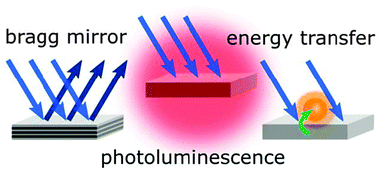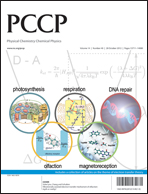The photophysics of porous silicon: technological and biomedical implications
Abstract
Although porous silicon (pSi) was first obtained in the mid-20th century, considerable interest in this material arose much later, due to the discovery of its room-temperature photoluminescence (PL). In the 1990s, most studies on pSi were focused on the analysis and explanation of its photoluminescent and electroluminescent characteristics and their potential practical applications. The latest advances in pSi research are related to its biocompatibility and biomedical applications. The discovery of singlet oxygen generation by pSi through nonradiative transfer of photoexcitation energy has opened new prospects for photodynamic therapy in vivo, and the discovery of laser desorption/ionization on pSi has paved the way for advanced approaches in mass-


 Please wait while we load your content...
Please wait while we load your content...